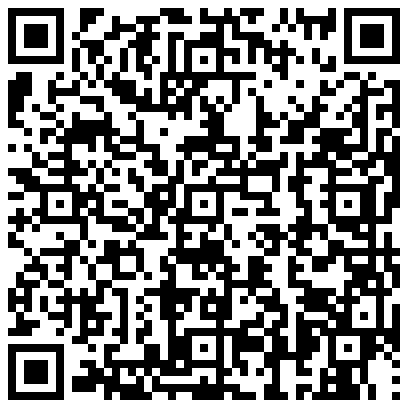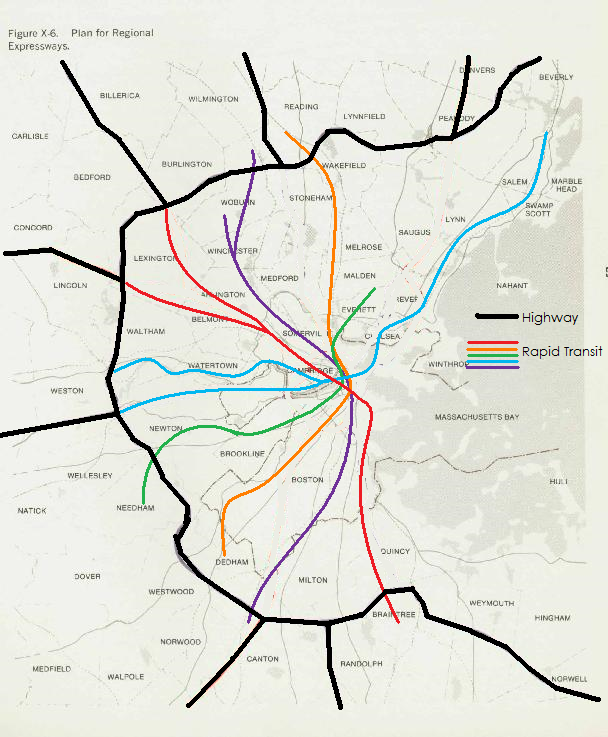- Joined
- Sep 15, 2010
- Messages
- 8,894
- Reaction score
- 271
Any particular reason why you chose not to extend the Red Line to Lahey/Burlington Mall?

And another thing.
I'm spending three days a week working on a Children's Hospital web project. Took a shuttle bus today from one building to another. Took 15 minutes but to be expected. A very congested area.
So, can we have a monorail between all the hospitals and buildings? Please? And between all the museums while we're at it.
Any particular reason why you chose not to extend the Red Line to Lahey/Burlington Mall?
I think more cars like the Red Line 01800s for the Red and Orange (obviously OL's would be scaled down for the OL dimensions) lines would be awesome and I'd have no complaints there. I'd really like to see entirely articulated trains, though. Or at least 3-car articulations.
And what benefit would upgrading the voltage do? Even if the line is longer it's still the same voltage, isn't it?

Either Bombardier or Alstom could be good. Perhaps even Siemens.What do you think of upgrading the 600 V DC Current to 750 V DC for the Red and Orange Lines and for future extensions, in addition to a new Urban Ring, an upgraded to heavy rail Green Line, and the Blue Line. Also, what do you think would be a good choice of rolling stock to replace the old Orange Line and Red Line Cars? Bombardier MOVIA, Siemens Metropolis? Perhaps they might choose MOVIA since most of the MBTA's heavy rail fleet was built by Bombardier or companies that were merged into Bombardier? That would be cool.


Are you eliminating B, C, and E lines, or are they just not pictured because they do not constitute rapid transit level service?
Completely forgot about light rail. But as for the E, it's combined with the D.
Also didn't add 2 urban rings to avoid having too much clutter.
Even though having 2 urban rings might be considered clutter, it would be beneficial to reducing congestion and pollution on highways.
